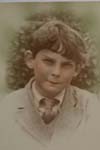Welcome to the Storrington and District Museum
The Storrington and District Museum
The Old School
School Lane
Storrington, West Sussex RH20 4LL
United Kingdom
ph: 01903 740188
enquirie
The Story of Schooling
We do not know much about Jane Downer herself, but we think she must have been a very generous and inspirational lady because in 1763 she left £500 in her will to be invested for the education of 20 poor children, both girls and boys in Storrington.
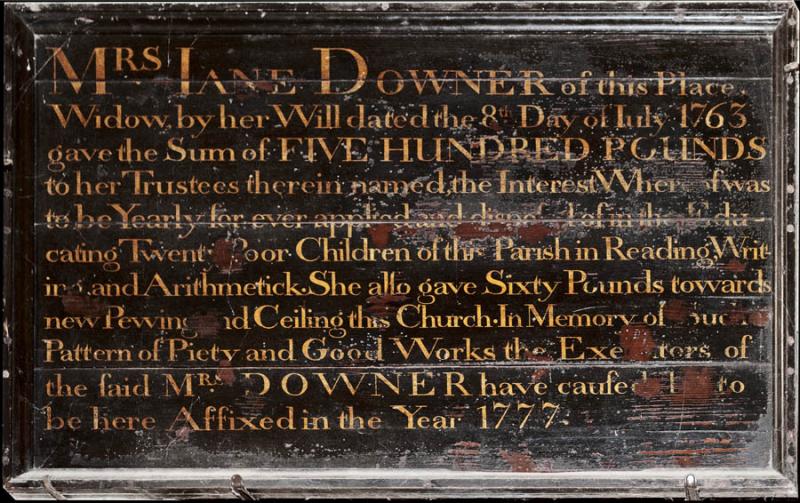
Benefactors board in St Mary's church, Storrington
The school was for children between 6 years of age and 13. She laid down strict rules about how her school was to be run, but we do not know where it was located.
In 1806 another beneficiary, John Hooper, added a further £15 per year to Mrs Downer’s bequest, so that 10 more children would be able to receive an education. At this time very few children would have had access to schooling, although there were several other establishments in Storrington where children were taught.
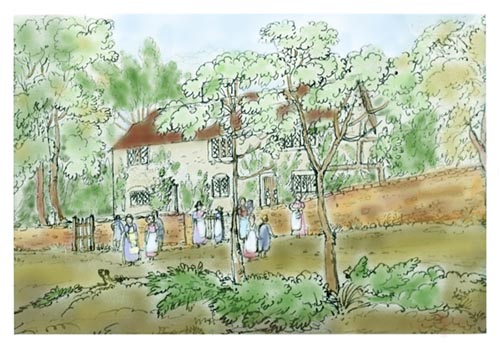
Mrs Gibson's sketch of the school in Church Street
A school is shown in Church Street on the 1841 Tithe map so it is possible that the school endowed by Mrs Downer and Mr Hooper was on the site of the present Abbey Lodge.
The school was sold for £180 and, together with gifts and donations from the church authorities and parishioners of Storrington, and grants from government and the National Society, a new school was funded and built in School Lane in 1868.
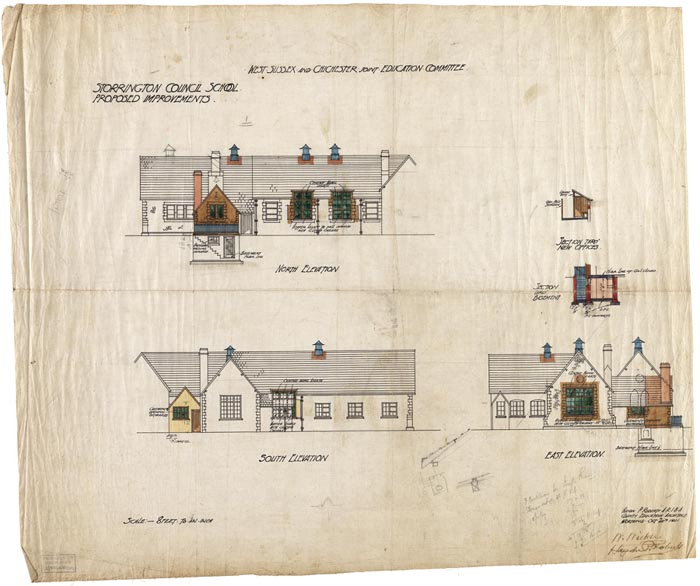
Building Plans
The original stone building was quite small. There was one large schoolroom with windows facing north, where the Museum is now located. Behind this was a smaller square room. Attached was the Schoolmaster’s house which is still next door. Facilities were very basic, a cloakroom in which to hang coats, a stove to provide heating, a well for water and two earth closets and a urinal in the backyard.
Mr and Mrs Lashmar were the first teachers at the school and there were 50 pupils at this time.
Because Mrs Downer had stipulated in her will that the Rector of Storrington was to be a Trustee of her school, successive incumbents of the Parish have overseen the development of the educational provision in the building which belonged to the Hooper Downer Trust.
The Rev George Faithfull was the Rector between 1871 and 1900. He wrote a letter to the parents of the schoolchildren urging them to attend school on a regular basis. Infections spread very quickly and children were often kept at home to help their parents or to work in the fields.
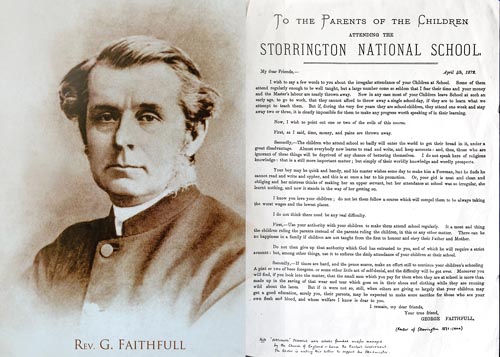
Very quickly the school became too small for the number of pupils expected to attend, because the government had passed legislation in 1870 requiring that elementary education for children up to the age of 10 should be provided.
In 1875 therefore the school was extended and became much the same shape and size as the building today. A new entrance at the front was added, together with a cloakroom for the girls and infants. The main classroom was what is now known as the Norman Hall. There was apparently an Infants’ Gallery which the HMI reported as inconvenient and unsuitable in 1899, and which has long since disappeared.
Despite considerable effort by the Rev Faithfull to maintain the school’s religious status and ethos, the school became a Public Elementary School in 1900. West Sussex County Council rented the building for use as Storrington Board School between 9.45 am and 4 pm for 1/- (5p) a year on a 50 year lease.
Mr William Rhoden was Headmaster between 1901 and 1932. He tells us that when he came “the school had no lighting save a hurricane lamp with which the cleaner was able to see to perform his evening duties. Most rooms had windows on only half of the outside walls and the only sanitation consisted of open buckets which were carried across the playground twice a week to be emptied into the horse-drawn vehicle supplied by the sanitary department of the Rural District Council.”
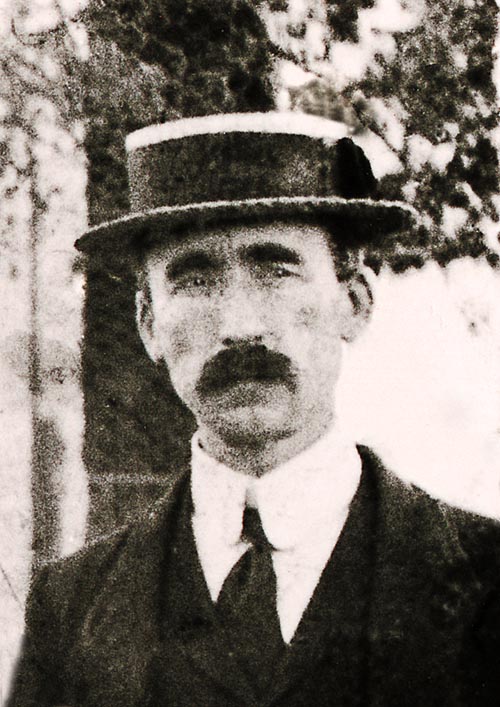
William Rhoden - Headmaster 1901 - 1932
Improvements to the building were made in 1907, 1911 and 1932. Over this period, new windows were added and windows were enlarged to let in more light, and to offer better ventilation. Mains water was supplied and new lavatories were built, one block for the boys, another for the girls and infants. They were still outside and unheated. A boiler house was added and radiators fitted although these were not entirely satisfactory and had to be upgraded at a later date.
In 1920 a hut from the First World War was erected in the playground to provide more teaching accommodation since pupil numbers had reached 200.
In 1932 Mr Cecil R Waller became Headmaster. An office with glazed screen was built beside the front entrance and a sliding partition made it possible to divide the main classroom into two distinct teaching areas. Mr Waller was able to make use of an adjacent field for school sports and under his jurisdiction the playground was resurfaced and the drainage was connected to the main sewer. Mrs Waller was responsible for starting the school canteen in the Village Hall and many of the past pupils remember dashing across the field to get their school dinners.
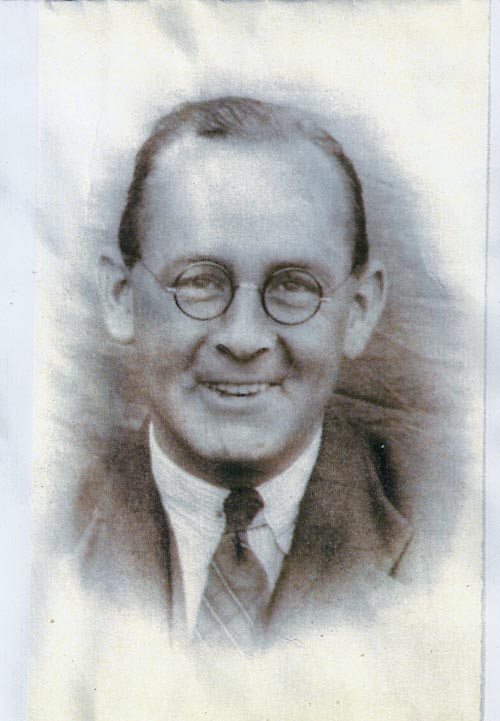
Cecil Waller - Headmaster 1932 - 1965
Mr Waller coped valiantly during the war years with the influx of over 300 evacuees which he endeavoured to dovetail into his organisation, bringing the total number of children in the area to nearly 700. He says “Every available building had to be brought into operation and in all I was using 8 separate premises spread over a distance of nearly 3 miles.”
Plans for a new junior school in Spierbridge Road were drawn up in 1939 but the building was postponed until after the 2nd World War. In the meantime, three additional temporary classrooms were built on the land to the east of the school. These were used by the youngest children and had a new suite of lavatories nearby as well as their own playground.
Unfortunately, the school buildings were largely in a sorry state of disrepair. The old army hut was condemned in 1959 and there were still problems with the heating and lighting, and water freezing in the lavatories.
Most of the children had transferred to the new Primary School by 1965 when Mr Waller retired. Mr John Carter, his Deputy, became Headmaster of the new school in Spierbridge Road.
The Old School building still belongs to the Hooper Downer Trust and has been used for a variety of purposes ever since as a valuable asset to the community.
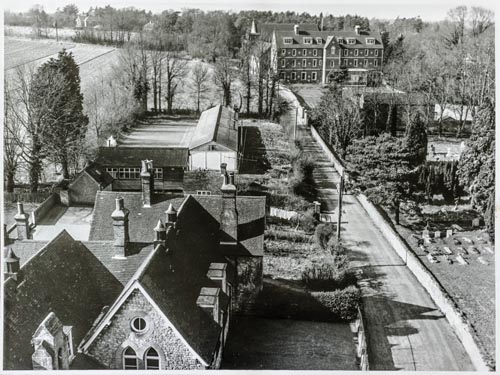
Members of the Project Team:
Heather Epps
Stuart Duncan
Terry Fraser
Art Hutchins
Sue Setford
Margaret Taylor
Cindy Waters
Cliff Wilks
Mary Wilson
David Wise
Written by Margaret Taylor 2/10/13
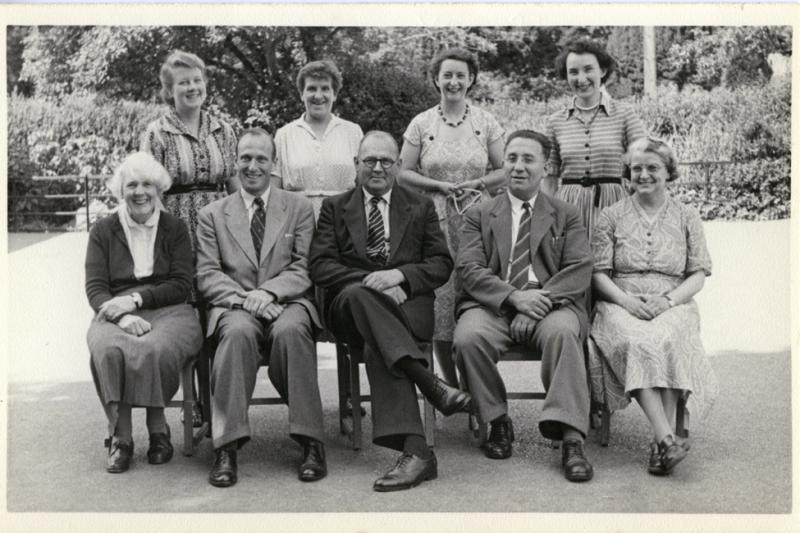
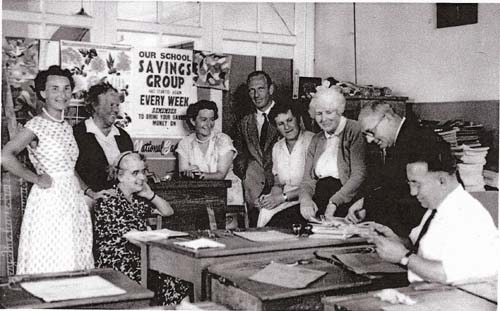
Staff Groups
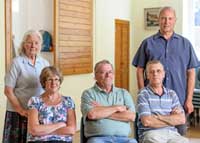
Ella Hutt (infant teacher) with some of her pupils
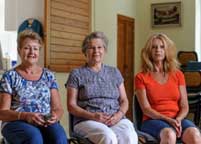
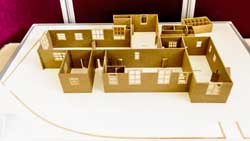
Model of the Old School by Cliff Wilks
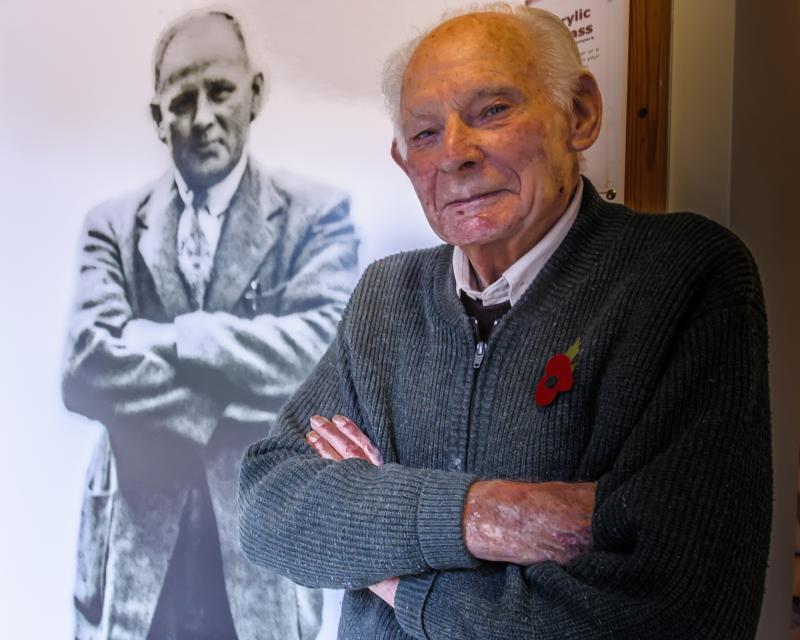
Eric Hues:
The one and only school I ever went to was the school opposite the church - Storrington Church of England School. I started there at 5 and left at 14. It was quite a happy school. The first headmaster I had there was Mr Roden - he was there my first year, then Mr Waller took over and it was him all the way through till I left. It was different then, there were just the first and second class infants, and then there was Standard 1, 2, 3, 4 and 5. Mr Waller himself took standard 6 and there was standard 7 and X7 - there weren't many of us in X7. The headmaster had a lot to do himself as well as teach so he could not put the time in to sport he would have liked. I was captain of the school team at 10 and carried on till I was 14.
While I was captain we won the cup 2 years out of 4 and were presented with real silver medals each. I eventually got to be Head Boy - I had to get there at a quarter to 9 to ring the bell After that I had to go all round the playground to make sure there was no rubbish left, walk around the school perimeter outside in the roads making sure there was no apple cores or orange peel because if there was, somebody could report that the children had been throwing rubbish over the walls.
Copyright 2012 Storrington Museum. All rights reserved.
The Storrington and District Museum
The Old School
School Lane
Storrington, West Sussex RH20 4LL
United Kingdom
ph: 01903 740188
enquirie
